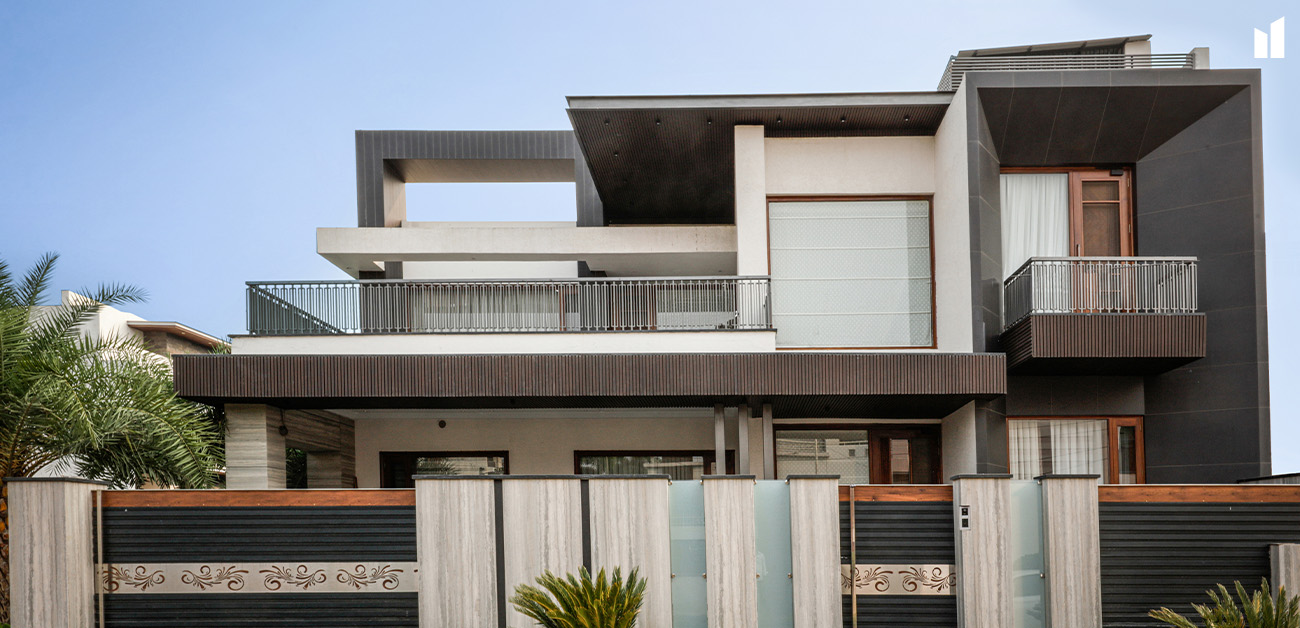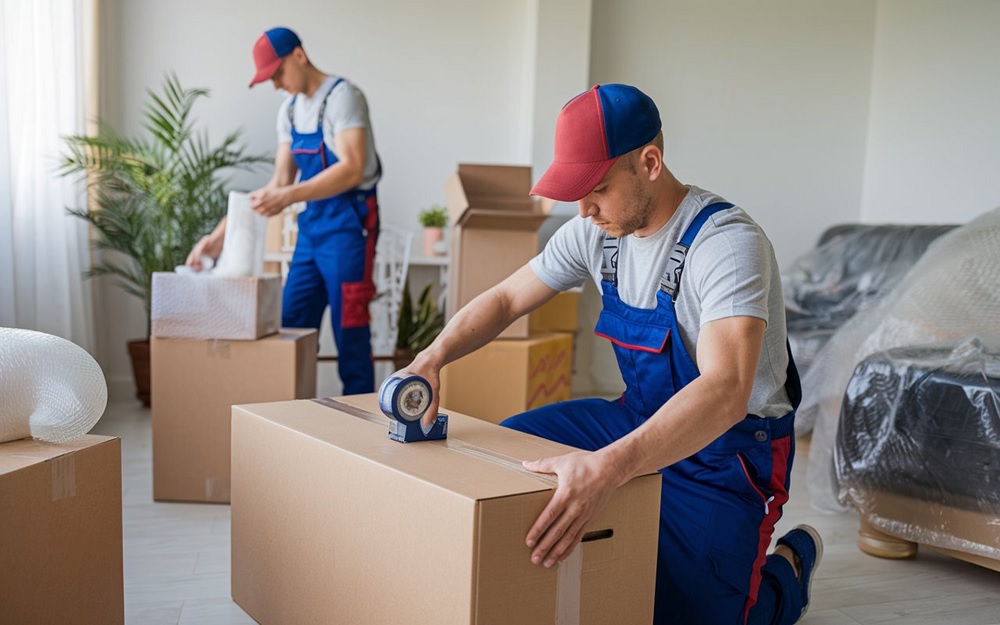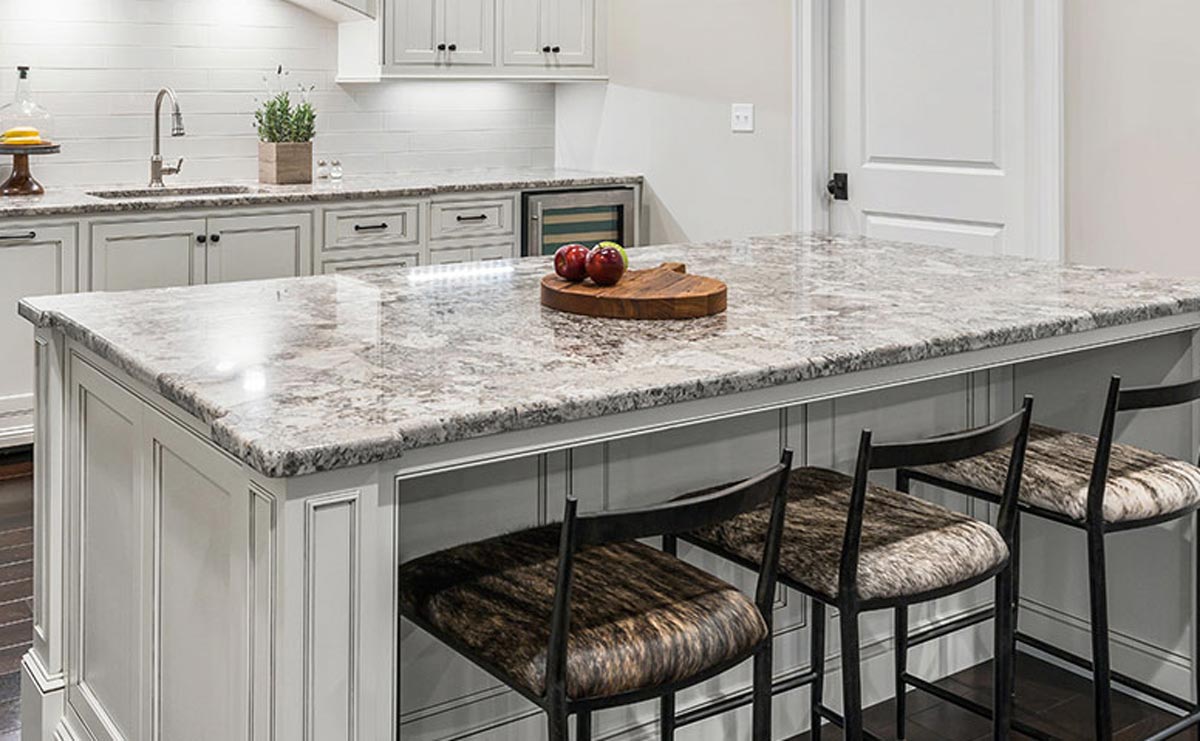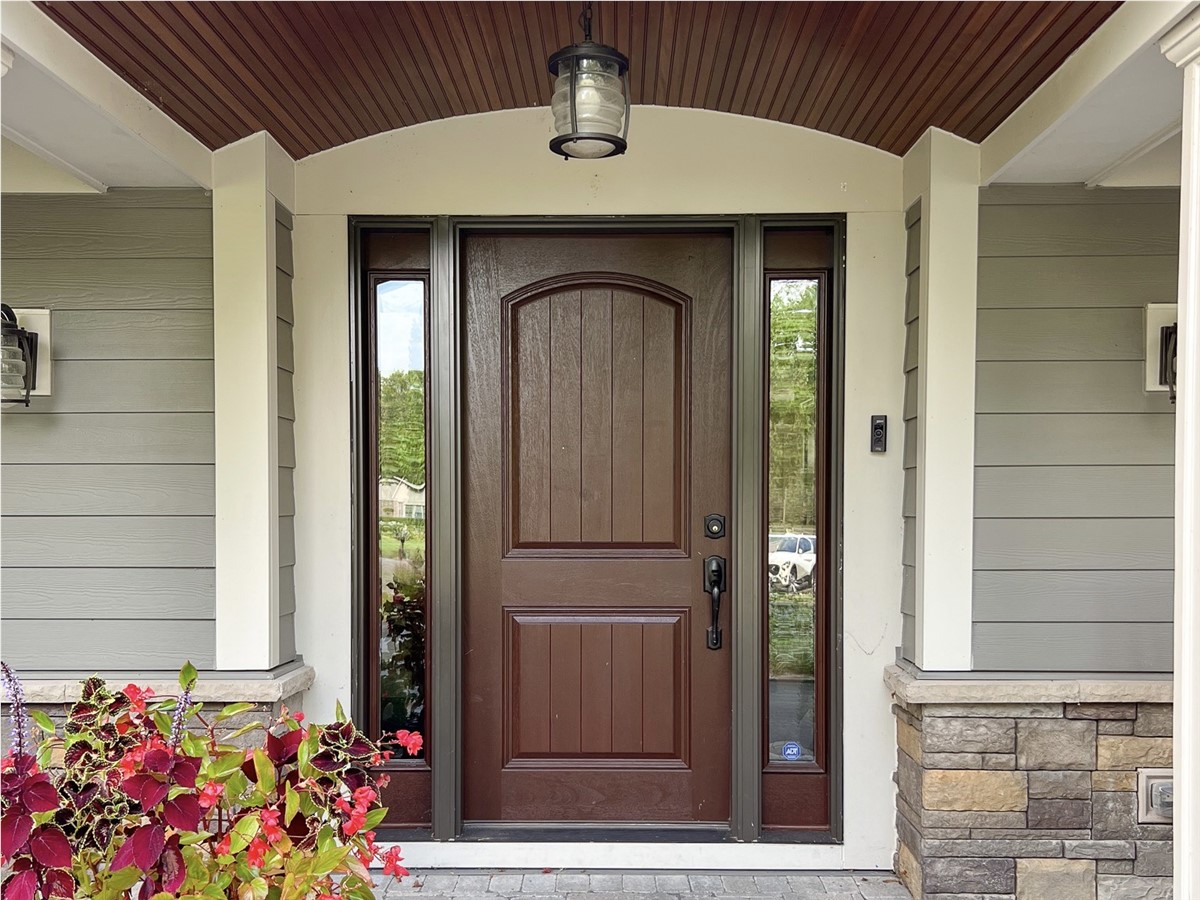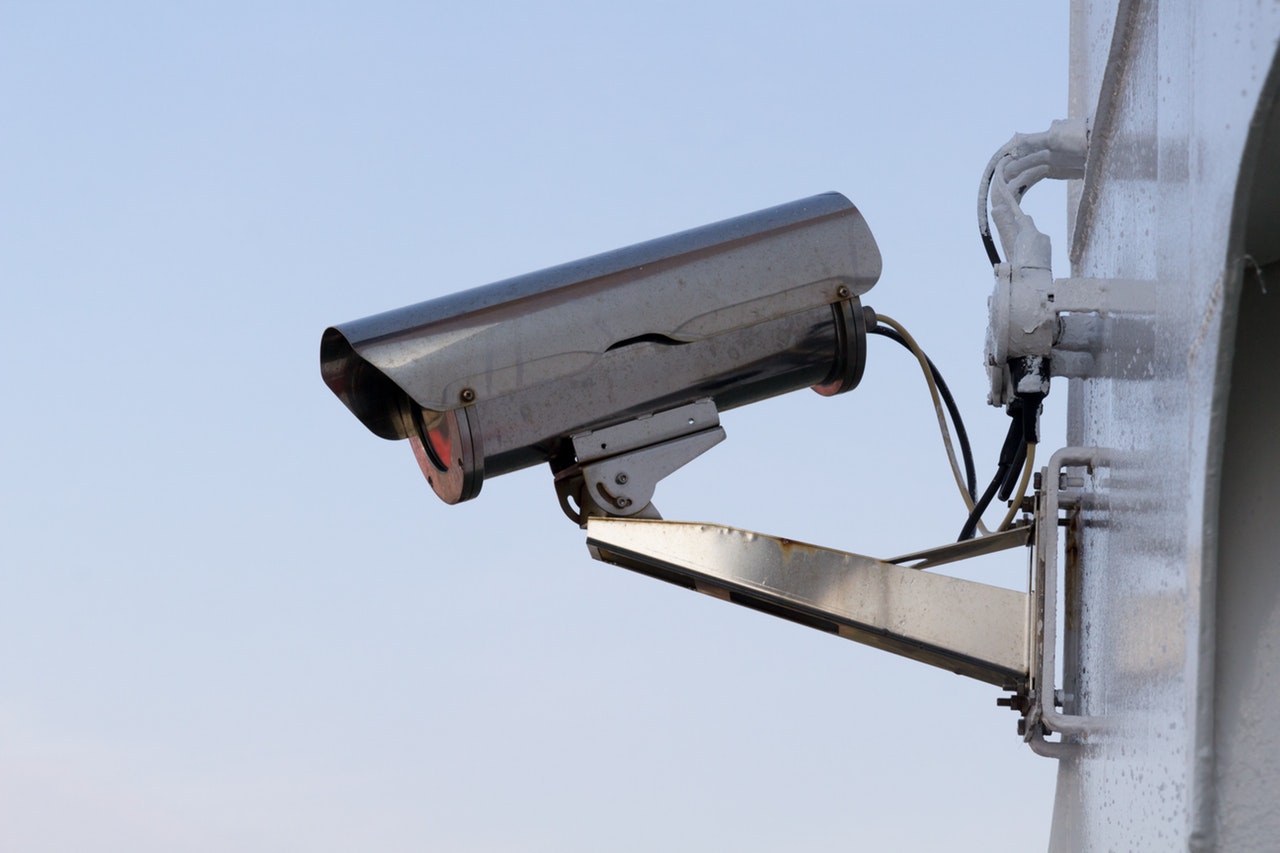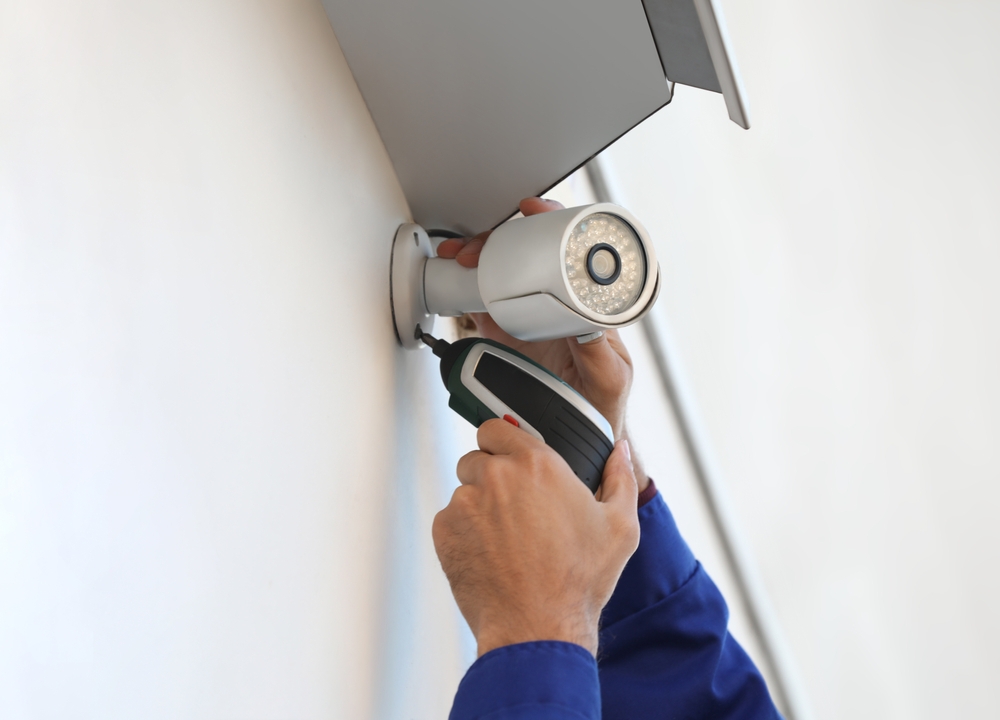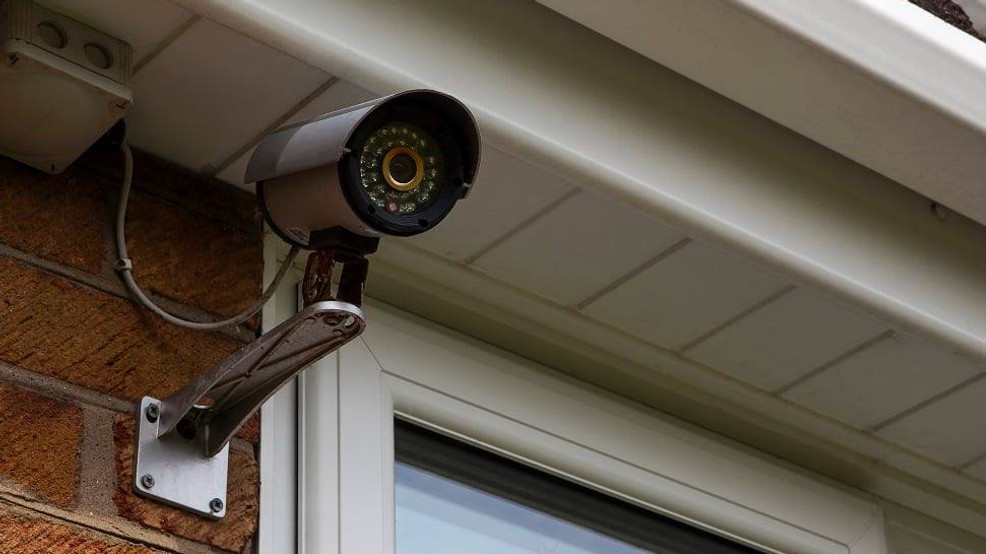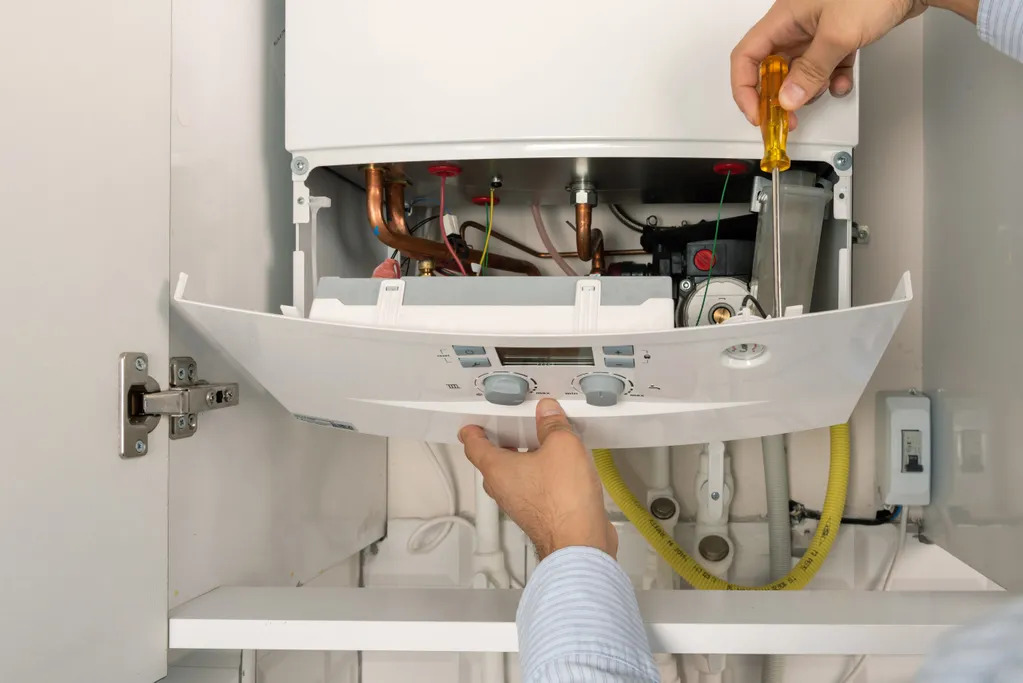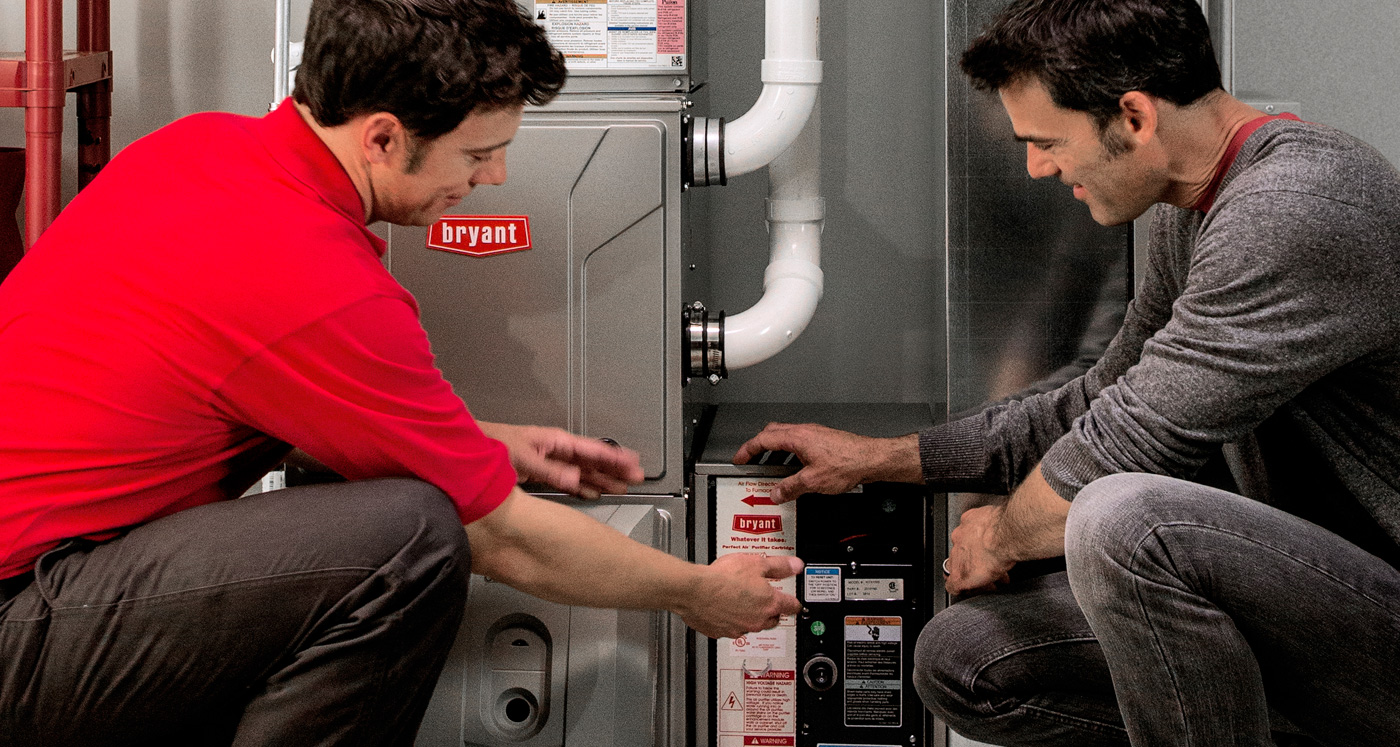Cladding plays a crucial role in safeguarding buildings from external threats. Whether on commercial properties or residential homes, it acts as a barrier against harsh weather, pollution, and general wear and tear. By understanding its protective benefits, property owners can take the right steps to maintain it effectively.
Shielding Against Moisture and Water Damage
One of the primary functions of cladding is to prevent water from penetrating a building’s structure. Heavy rain, condensation, and high humidity can cause significant damage if moisture seeps into walls. Over time, this can lead to issues such as mould growth, wood rot, and even structural weakening. Cladding helps direct water away from vulnerable areas, reducing the risk of costly repairs.
While cladding offers strong protection, it still requires upkeep to remain effective. Dirt, moss, and algae can accumulate, trapping moisture and accelerating deterioration. Regular cladding cleaning in Alloa removes these contaminants, ensuring the surface remains in good condition and continues to shield the building from water damage.
Protection Against UV Exposure and Temperature Changes
Constant exposure to sunlight can cause materials to fade and degrade over time. UV rays break down paint, coatings, and even certain cladding materials, leading to a dull and worn-out appearance. High-quality cladding provides an additional layer of defence, reflecting sunlight and reducing the impact of prolonged exposure.
Temperature fluctuations can also place stress on exterior surfaces. During colder months, freezing conditions can cause materials to contract, while heat expansion in summer may lead to cracks. Cladding helps moderate these effects by offering an insulating layer that stabilises temperature changes, reducing the likelihood of structural damage.
Reducing the Impact of Airborne Pollutants
Urban areas and industrial zones often have higher levels of pollution, which can take a toll on buildings. Airborne contaminants such as dust, exhaust fumes, and chemical pollutants can settle on exterior surfaces, causing staining and gradual erosion.
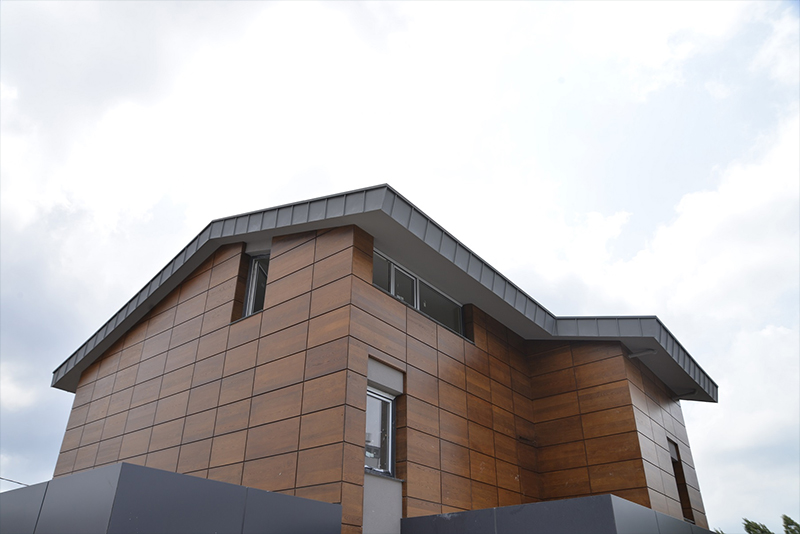
To keep cladding looking fresh and functioning properly, regular maintenance is essential. Some of the benefits of routine cleaning include:
- Preventing dirt and grime buildup that can weaken protective coatings
- Reducing the risk of corrosion in metal cladding
- Enhancing the overall appearance of the property
- Extending the lifespan of the cladding by removing harmful substances before they cause damage
Without proper care, pollutants can cause permanent discolouration and weaken the material, making professional cleaning a valuable investment for any property.
Strengthening Wind Resistance and Structural Integrity
Strong winds can cause damage to exterior surfaces, especially in exposed locations. Cladding is designed to withstand high wind speeds, preventing debris from damaging the underlying structure. It also reduces pressure on walls by directing airflow around the building, minimising the strain on the property.
Regular inspections ensure that any loose panels or minor damages are addressed before they become larger problems. Keeping cladding in top condition not only enhances durability but also helps maintain energy efficiency by preventing unwanted drafts and air leaks.
A well-maintained cladding system does more than improve a property’s appearance—it provides essential protection against environmental hazards. By investing in routine care and cleaning, property owners can ensure their buildings remain strong, weather-resistant, and visually appealing for years to come.

